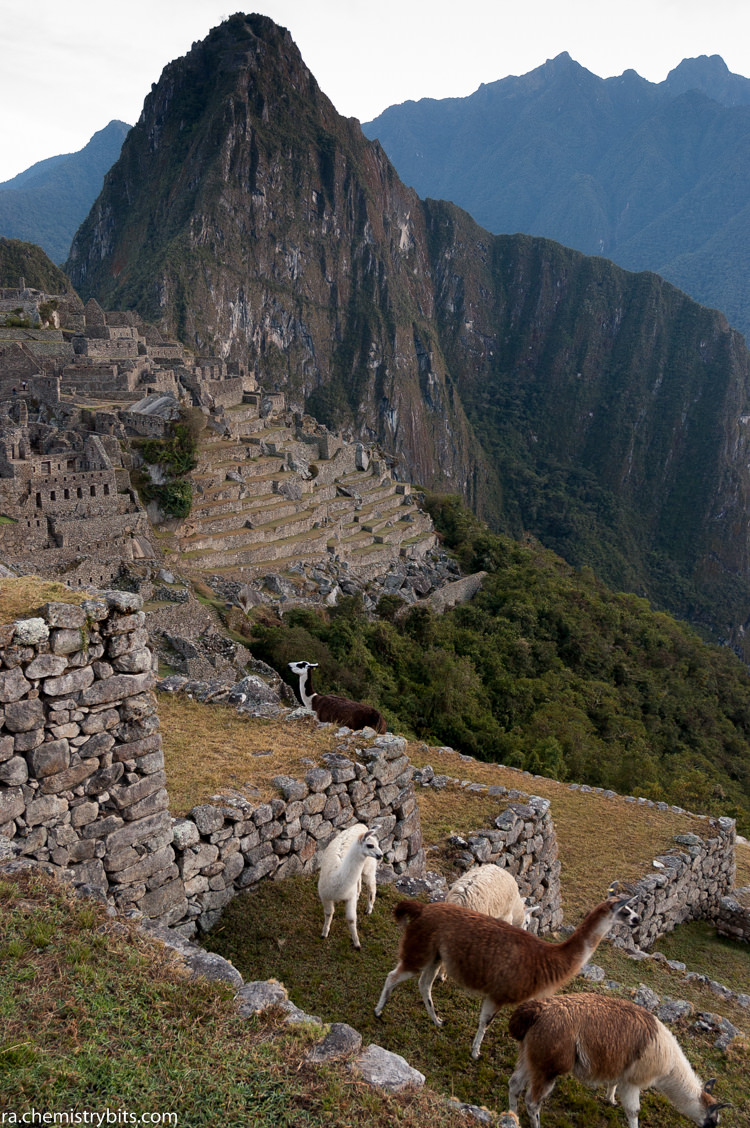No livro “Lost City of the Incas, the story of Machu Picchu and its builders” (Phoenix, reedição de 2011) Hiram Bingham III escreveu: would anyone believe what I had found? Fortunately, in this land where accuracy of reporting what one had seen is not a prevailing characteristic of travellers, I had a good camera and the sun was shining.
Na introdução do livro, Hugh Thomson informa que após Bingham ter reconhecido nas construções que tinha à sua frente como tendo a qualidade das melhores, nomeadamente as de Cusco, a primeira coisa que fez não foi anotar a descoberta no seu caderno de campo ou efectuar um plano com um levantamento detalhado do local (ter descoberto ou não Machu Picchu dará futuramente origem a outro post). Pelo contrário, foi de imediatamente colocar-se a fotografar o local. “The camera’s long love affair with Machu Picchu had begun”. E assim foi!
Disputa resolvida
Bingham escreve também: so rapidly did the jungle grow, however, that we had to cut the bushes and bamboo scrub three times in the course of four months. The final cutting, made in ten days by a gang of thirty or forty Indians moving rapidly with sharp machetes, immediately preceded and accompanied the intensive photographic work at the end of the season. A few of the five hundred pictures I took then are included in this volume. They are all on file in the libraries of Yale University, the National Geographic Society, and the Hispanic Society of America.
Em 2012 a Universidade de Yale acabou por finalmente devolver a totalidade dos artefactos que se encontravam na sua posse ao Peru, pelo que essa é mais uma razão para regressar um dia, quem sabe…
Esta não é a foto ícone de Machu Picchu que todos conhecem. Com Wayna Picchu por trás e que aqui se mantém, foi a terceira foto tirada muito cedo na manhã do segundo dia passado na citadela e mostra os actuais verdadeiros habitantes de Machu Picchu.
